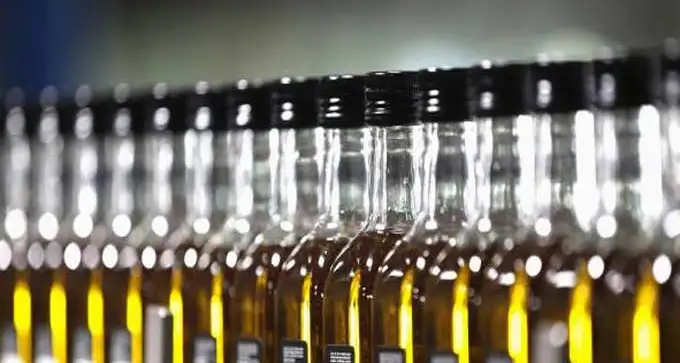Despite a notable increase in exported volumes, export revenues for Tunisian olive oil recorded a clear drop in the first five months of the 2024/2025 campaign.
According to data published Tuesday, April 15, 2025 by the National Observatory of Agriculture (ONAGRI), the income generated by these exports established themselves at 2126.2 million dinars (MD) to the end of March 2025, a decrease of 25.8% compared to the same period of the previous campaign.
This drop in revenue is mainly explained by the significant decrease in export prices. In March 2025, the average price of the kilogram of olive oil dropped by 54% compared to March 2024, oscillating between 8 D/KG and 18.4 D/KG depending on the category and type of packaging.
Volumes in sharp rise
Despite the drop in prices, exported volumes reached 157.2 thousand tonnes, marking an increase of 46.3% over a year. However, most of these exports remain in the form of bulk oil, only 10.2% of the total volume being conditioned – an indicator of the low added value to export.
The Onagri also underlines a quasi-stagnation on the part of the exports conditioned compared to the previous campaign. In terms of income, packaged oil represents only 15.8% of total revenues, even though it is supposed to generate more value per exported liter.
In addition, the extra virgin category continues to dominate exports, representing 82.7% of the total volume shipped.
Europe in mind
The European market remains the main customer of Tunisian olive oil, absorbing 60.8%of exports, followed by North America (23.2%) and Africa (9.8%). Italy remains the first importer with 29.8%of the quantities exported, ahead of Spain (26.9%) and the United States (18.6%).
Exporting organic olive oil has reached 30 thousand tonnes, for an estimated value at 411.2 MD. However, there too, the part of the packaged remains very low: barely 4% of the total volume exported.
In terms of price, organic olive oil was sold on average at 13.70 d/kg, with a variation between 13.51 d/kg for bulk and 18.12 d/kg for the packaged, once again highlighting the lack of exploitation of the valuation lever via packaging.
Italy also dominates this segment, representing 60%of exports of organic Tunisian oil, ahead of Spain (20%) and the United States (11%).
Thus, Tunisia confirms its role as a major producer of olive oil on a global scale, but the figures reveal persistent dependence on bulk export, to the detriment of the conditioned, more profitable product.








